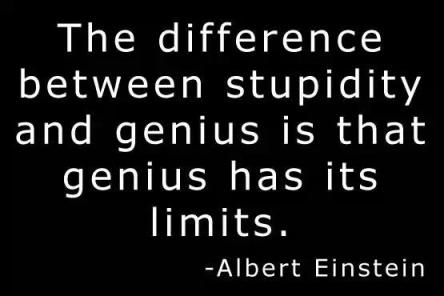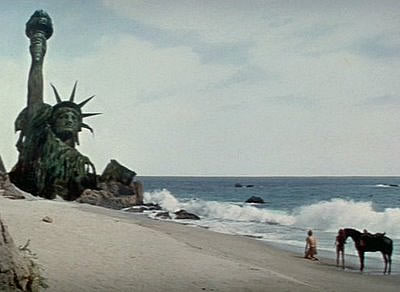
If you are a fan of ELE's (Extinction Level Events) for humanity in general,
there is no shortage of web sites discussing the possibilities,

be they by collision with near-Earth large objects or emergence of unstoppable microbial pathogens.
But enough with the happy talk.

Let's talk about Extinction Level Developments (ELD's) for Patents and for Inventors

What are they, now or in the future?
A number of more publicized movements quickly come to mind:
(1)First let's kill the software patents?
(2) First let's kill the patent attorneys?
(3) First let's recognize the corporation as the sole inventor?
(One having exclusive rights of free political speech and religious exclusion?)

(4) First let's kill the Federal Circuit?
(5) NO. Let's kill it all. DESTROY IT ALL --according to two "economists".

Historical precedents
Endings for progress, inventing, innovation enlightenment and their promotion are not without precedent in human history:
(a) Burn-down of Library of Alexandria
(b) European Dark Ages
(c) Islamic Dark Ages

Descent into Dark Age usually begins
with collision between State Religion and Progressing Science
Think Galileo versus the Spanish Inquisition
Think End of the Islamic Golden Age
Think the burning down of the Library in Ancient Alexandria Egypt

What is our State Religion?
Hint: Look up "market forces" in KSR v. Teleflex
The courts have moved away from the concept of individual "inventors" (tinkerers) being the prime motive force and factor in bringing "inventions" into being and into the public domain.
Instead it is the illusive "economy" and the "forces of its markets" and the assumed "incentives of jigsaw puzzle assembly" that make almost everything "obvious"

The KSR Court perception comes down to this:
"Common sense teaches, however, that familiar items may have obvious uses beyond their primary purposes, and in many cases a person of ordinary skill will be able to fit the teachings of multiple patents together like pieces of a puzzle." KSR Int’l v. Teleflex Inc., 550 U.S. 398, 420 (2007).

"There is little dispute among economists that a well-designed patent system would serve to encourage innovation. There is dispute among economists about whether the patent system as it exists serves to encourage innovation – but, again, there is little dispute among economists that the patent system as it exists is broken. ... in our view the evidence is instead clear that the patent system taken as a whole does not play an important role in spurring innovation."
"(2) [C]ompetition fosters productivity growth,anti-trust and competition policies
should be seen as a key tool to foster innovation. This is of particular relevance for high tech sectors, from software to bioengineering, to medical products and pharmaceuticals."
--The Case Against Patents (Federal Reserve Bank of St. Louis, Michele Boldrin and David K. Levine)

No comments:
Post a Comment